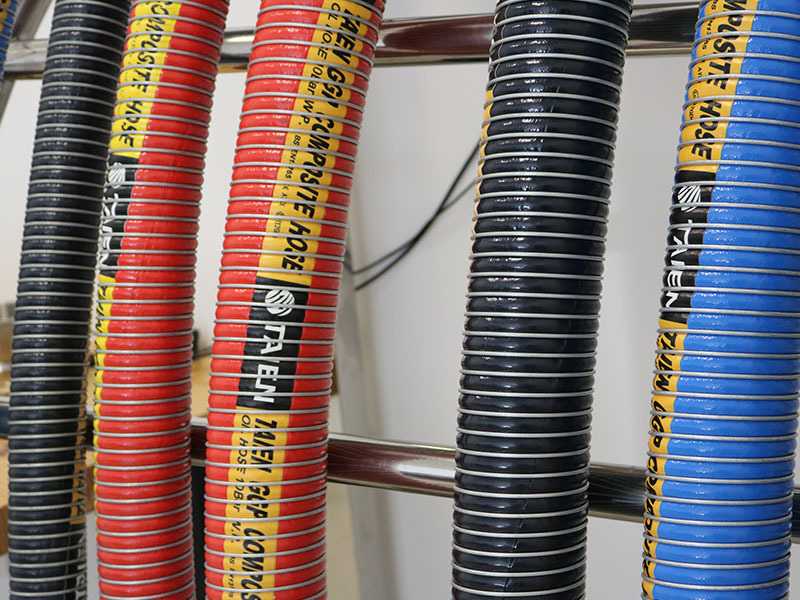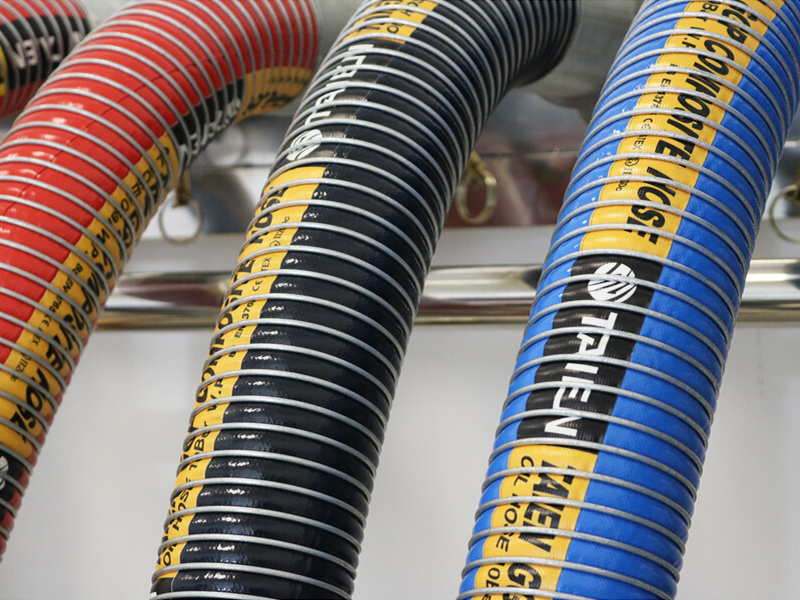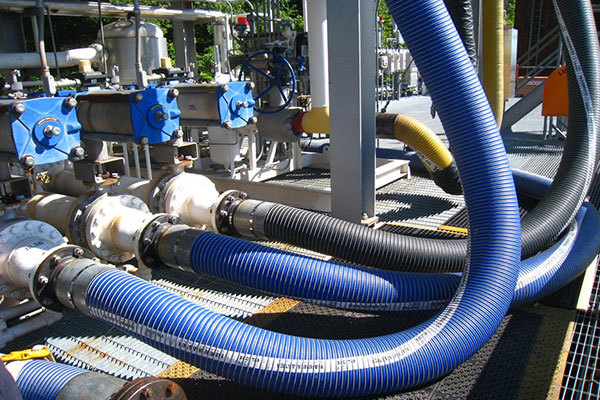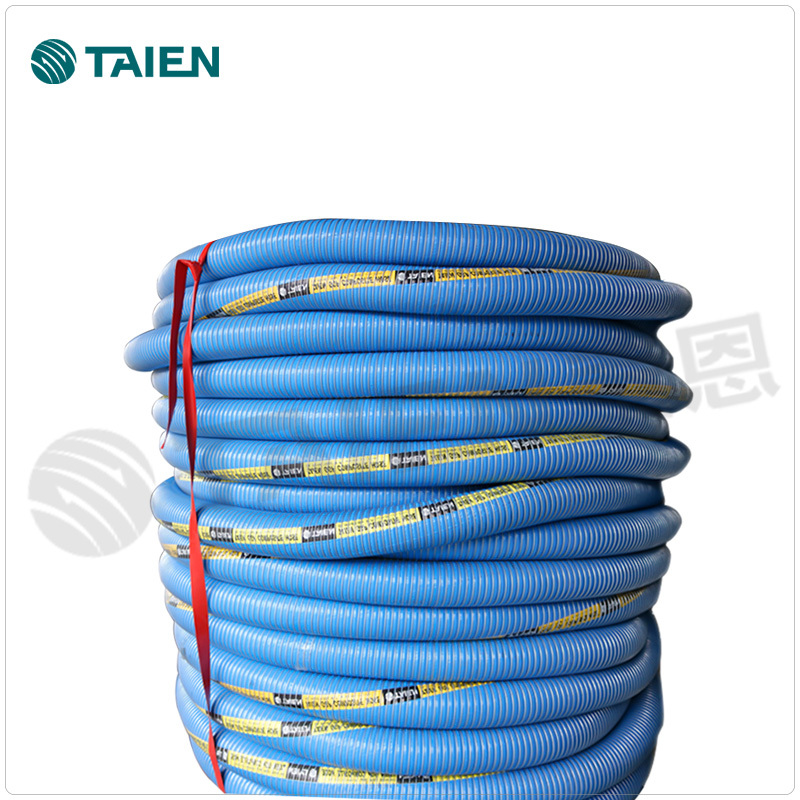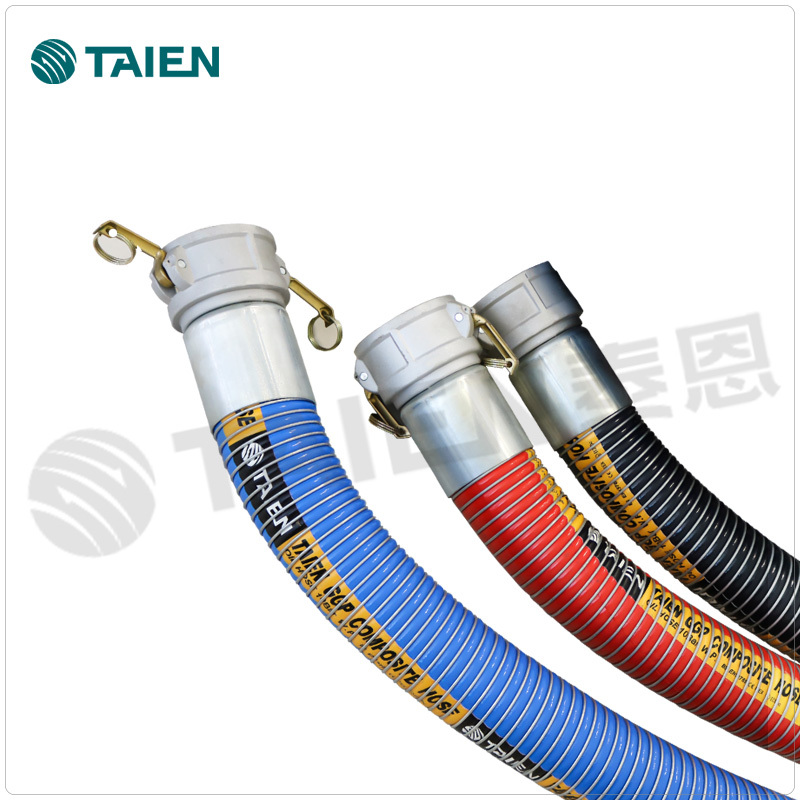Understanding the Lifespan of Different Discharge Hose Materials: A Comprehensive Guide
Release time:
2025-05-20
Author:
Source:
Abstract
Understanding the Lifespan of Different Discharge Hose Materials
In various industries, the longevity and performance of discharge hoses are critical for ensuring efficient operations. **Discharge hoses** play a vital role in transporting liquids, slurries, and various gases, making their material composition and lifespan pivotal for both safety and cost-effectiveness. In this article, we will delve into the different materials used in discharge hoses, analyze their lifespans, and provide insights into how to select the right hose for your specific needs.
Table of Contents
- 1. Introduction to Discharge Hoses
- 2. Types of Discharge Hose Materials
- 3. Lifespan of Discharge Hose Materials
- 4. Factors Influencing Hose Lifespan
- 5. Maintenance Tips for Discharge Hoses
- 6. How to Select the Right Discharge Hose Material
- 7. FAQs
- 8. Conclusion
1. Introduction to Discharge Hoses
Discharge hoses are flexible tubes designed to transport fluids or gases from one location to another. They are used in numerous applications, including agricultural irrigation, construction dewatering, and industrial processing. The choice of discharge hose material affects not only the hose's lifespan but also its suitability for specific applications. Understanding these materials is essential for making informed purchasing decisions.
2. Types of Discharge Hose Materials
Discharge hoses are available in various materials, each with distinct properties that make them suitable for different applications. Here, we will discuss some of the most common materials used in discharge hoses.
2.1 Rubber Hoses
**Rubber hoses** are among the most widely used types in discharge applications due to their flexibility, durability, and resistance to wear. They can handle a wide range of temperatures and pressures, making them suitable for both industrial and agricultural applications. The lifespan of rubber hoses can vary depending on factors such as exposure to UV radiation, ozone, and chemicals.
2.2 Polyurethane Hoses
**Polyurethane hoses** are known for their exceptional abrasion resistance and flexibility. They are often used in demanding applications where wear and tear are a concern. Polyurethane hoses can handle extreme temperatures and have a longer lifespan compared to rubber hoses in similar conditions, making them an ideal choice for industrial applications.
2.3 PVC Hoses
**PVC hoses** are lightweight, affordable, and resistant to chemicals, making them popular for various applications, including agriculture and construction. However, their lower flexibility and temperature tolerance may limit their performance in extreme conditions. The lifespan of PVC hoses can be affected by exposure to UV light, which may cause them to become brittle over time.
2.4 Silicone Hoses
**Silicone hoses** are known for their high-temperature resistance and flexibility. They are often used in applications that involve the transport of hot liquids or gases. While silicone hoses excel in high-temperature environments, they may not be as durable as rubber or polyurethane hoses in terms of abrasion resistance.
2.5 Metal Hoses
**Metal hoses** are designed for specific applications where high pressure and temperature resistance are required. They are often employed in industrial environments, such as chemical processing and oil and gas industries. Although metal hoses have a long lifespan, they are generally more rigid and less flexible than rubber or plastic hoses.
3. Lifespan of Discharge Hose Materials
The lifespan of discharge hoses can vary significantly based on the material used, maintenance practices, and operating conditions. Below is a summary of the typical lifespans associated with various discharge hose materials:
- Rubber Hoses: 5 to 10 years depending on usage and exposure conditions.
- Polyurethane Hoses: 10 to 15 years, particularly in abrasive environments.
- PVC Hoses: 3 to 5 years, subject to UV exposure and chemical contact.
- Silicone Hoses: 5 to 10 years, with high-temperature applications potentially shortening lifespan.
- Metal Hoses: 10 to 20 years, depending on material quality and environmental conditions.
4. Factors Influencing Hose Lifespan
Several factors can influence the lifespan of discharge hoses, including:
4.1 Environmental Conditions
Exposure to UV light, ozone, extreme temperatures, and chemicals can significantly affect hose durability. It is essential to consider the operating environment when selecting a discharge hose material.
4.2 Pressure and Temperature Ratings
Each hose material has specific pressure and temperature ratings. Operating outside these limits can lead to premature failure and a shorter lifespan.
4.3 Frequency of Use
Hoses that are frequently used will naturally wear out faster than those used intermittently. Understanding the operational requirements can help in selecting the most suitable material.
4.4 Maintenance Practices
Regular inspections and maintenance can prolong the life of discharge hoses. Proper cleaning, storage, and handling practices are crucial in preventing damage.
5. Maintenance Tips for Discharge Hoses
To extend the lifespan of discharge hoses, consider implementing the following maintenance strategies:
- **Regular Inspections:** Check hoses for signs of wear, such as cracks, abrasions, and leaks.
- **Proper Storage:** Store hoses in a cool, dry place away from direct sunlight and extreme temperatures.
- **Gentle Handling:** Avoid sharp bends, kinks, and excessive force when using or transporting hoses.
- **Cleaning Procedures:** Clean hoses regularly to remove any debris or substances that could cause degradation.
- **Replacement Schedule:** Establish a regular replacement schedule based on the hose material and usage frequency.
6. How to Select the Right Discharge Hose Material
Selecting the appropriate discharge hose material involves considering several crucial factors:
6.1 Application Requirements
Identify the specific application and fluid type the hose will be handling. Different materials perform better with different substances.
6.2 Environmental Factors
Consider the environmental conditions, including temperature extremes, exposure to chemicals, and UV light.
6.3 Pressure and Temperature Needs
Review the pressure and temperature requirements of your application to select a hose that meets or exceeds those ratings.
6.4 Budget Considerations
While it may be tempting to choose the most affordable option, consider the long-term costs associated with maintenance and replacements. Investing in a higher-quality hose may save money in the long run.
7. FAQs
What is the primary purpose of discharge hoses?
Discharge hoses are used to transport liquids, slurries, and gases from one location to another in various applications, including agricultural, industrial, and construction settings.
How do I know when to replace my discharge hose?
Replace your discharge hose if you observe visible signs of wear, such as cracks, leaks, or significant abrasions, or if it fails to perform as required.
Can I use a discharge hose for hot liquids?
Yes, but ensure that the hose material is rated for high temperatures. **Silicone hoses** are often the best choice for hot liquids.
Are all discharge hoses compatible with chemicals?
No, different materials have varying chemical resistance. Always check the manufacturer’s specifications to ensure compatibility with the fluids being transported.
How can I extend the lifespan of my discharge hose?
Regular inspections, proper storage, gentle handling, and routine cleaning can significantly extend the lifespan of discharge hoses.
8. Conclusion
Understanding the lifespan of different discharge hose materials is essential for selecting the right hose for your applications. By considering factors such as environmental conditions, pressure ratings, and maintenance practices, you can maximize the durability and performance of your discharge hoses. Investing in high-quality materials tailored to your specific needs will not only enhance operational efficiency but also reduce long-term costs associated with replacements and repairs. Choose wisely, and your discharge hoses will serve you well for years to come!
Recommended Reading







